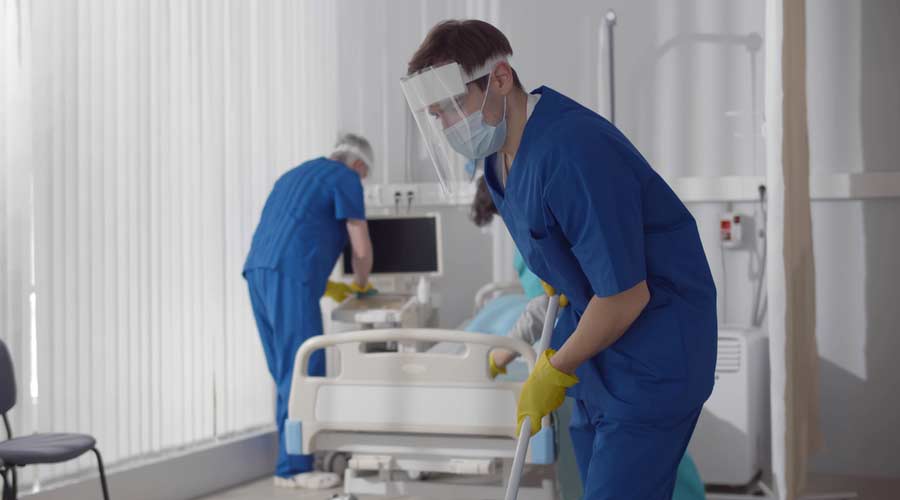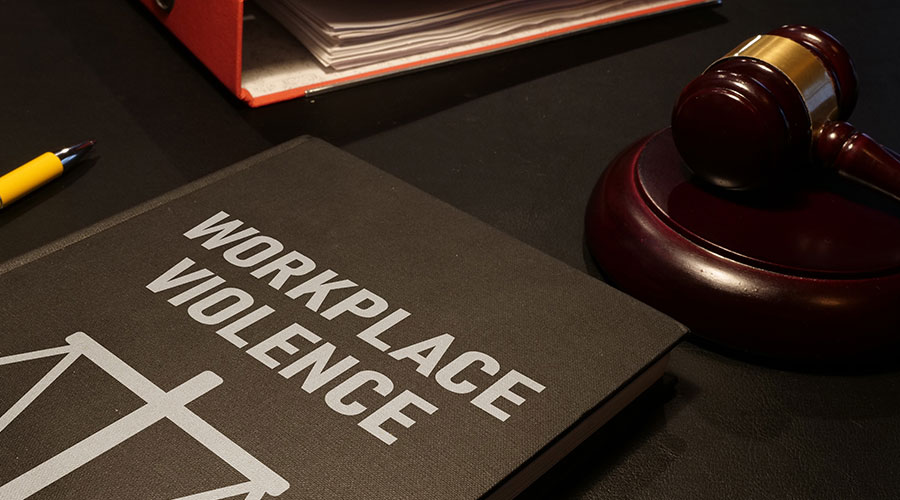More than 550 cases of monkeypox have been reported worldwide, according to the European Centre for Disease Prevention and Control. The U.S. Centers for Disease Control and Prevention (CDC) now reports 18 cases across nine states as of June 1 — double the previous count from last week. Monkeypox cases have been identified in more than 30 countries, according to CNN Health. The United Kingdom currently has 190 — the highest number reported for any country — with 183 confirmed cases in England.
“The risk to the general public from monkeypox is still low, but it’s important that we work to limit the virus being passed on,” says Ruth Milton, MD, senior medical advisor at the United Kingdom Health Security Agency. In the United States, monkeypox cases have been reported in California (3), Colorado (2), Florida (3), Georgia (1), Massachusetts (1), New York (4), Utah (2), Virginia (1), and Washington (1).
Taking precautions
Here is what you need to know if you are in the business of cleaning and disinfecting surfaces: Patients with diagnosed cases of monkeypox rarely become sick enough to be hospitalized, according to the CDC. Standard Precautions should be applied for all patient care, including for patients suspected to have monkeypox. If a patient seeking care might have monkeypox, infection prevention and control personnel should be notified immediately.
Custodians should avoid activities that could resuspend dried material from lesions, such as using portable fans, dry dusting, sweeping and vacuuming. The pus can transfer the enveloped virus to environmental surfaces. Enveloped viruses are the easiest to inactivate. When disinfectants damage their lipid envelope, the virus is no longer infectious.
Standard cleaning and disinfection procedures should be performed using an EPA-registered, hospital-grade disinfectant with an emerging viral pathogen claim. Products with emerging viral pathogens claim can be found on List Q from the EPA. Follow the manufacturer’s directions for concentration, contact time, care and handling.
Soiled laundry — bedding, towels, personal clothing, etc. — should be handled in accordance with standard practices, avoiding contact with lesion material that might be present on the laundry. Soiled laundry should be gently and promptly contained in an appropriate laundry bag and never be shaken or handled in a manner that might disperse infectious material.
Custodians should avoid activities such as dry dusting, sweeping and vacuuming and instead use wet cleaning methods. Personal protection equipment (PPE) used by environmental services personnel who enter the patient’s room should include:
- gown
- gloves
- eye protection — goggles or a face shield that covers the front and sides of the face
- NIOSH-approved N95 filtering facepiece or equivalent, or higher-level respirator.
Waste management — handling, storage, treatment, and disposal of soiled PPE, patient dressings, etc. — should be performed in accordance with U.S. Department of Transportation (DOT) Hazardous Materials Regulations (HMR; 49 CFR, Parts 171-180).
Required waste management practices and category designation can differ depending on the monkeypox virus clade or strain. See the DOT website for more information. Facilities should also comply with state and local regulations for handling, storage, treatment and disposal of waste.
J. Darrel Hicks, BA, MESRE, CHESP, Certificate of Mastery in Infection Prevention, is the past president of the Healthcare Surfaces Institute. Hicks is nationally recognized as a subject matter expert in infection prevention and control as it relates to cleaning. He is the owner and principal of Safe, Clean and Disinfected. His enterprise specializes in B2B consulting, webinar presentations, seminars and facility consulting services related to cleaning and disinfection. He can be reached at darrel@darrelhicks.com, or learn more at www.darrelhicks.com.

 Building Disaster Resilience Through Collaboration
Building Disaster Resilience Through Collaboration Amae Health Expands to New York City
Amae Health Expands to New York City Hospital for Special Surgery Opens Two New Facilities in New Jersey
Hospital for Special Surgery Opens Two New Facilities in New Jersey Should We Be Testing Toilet Water in Patient Restrooms?
Should We Be Testing Toilet Water in Patient Restrooms? Healthcare Union Petitions for Increased Staff Safety at HCA Florida Hospitals
Healthcare Union Petitions for Increased Staff Safety at HCA Florida Hospitals